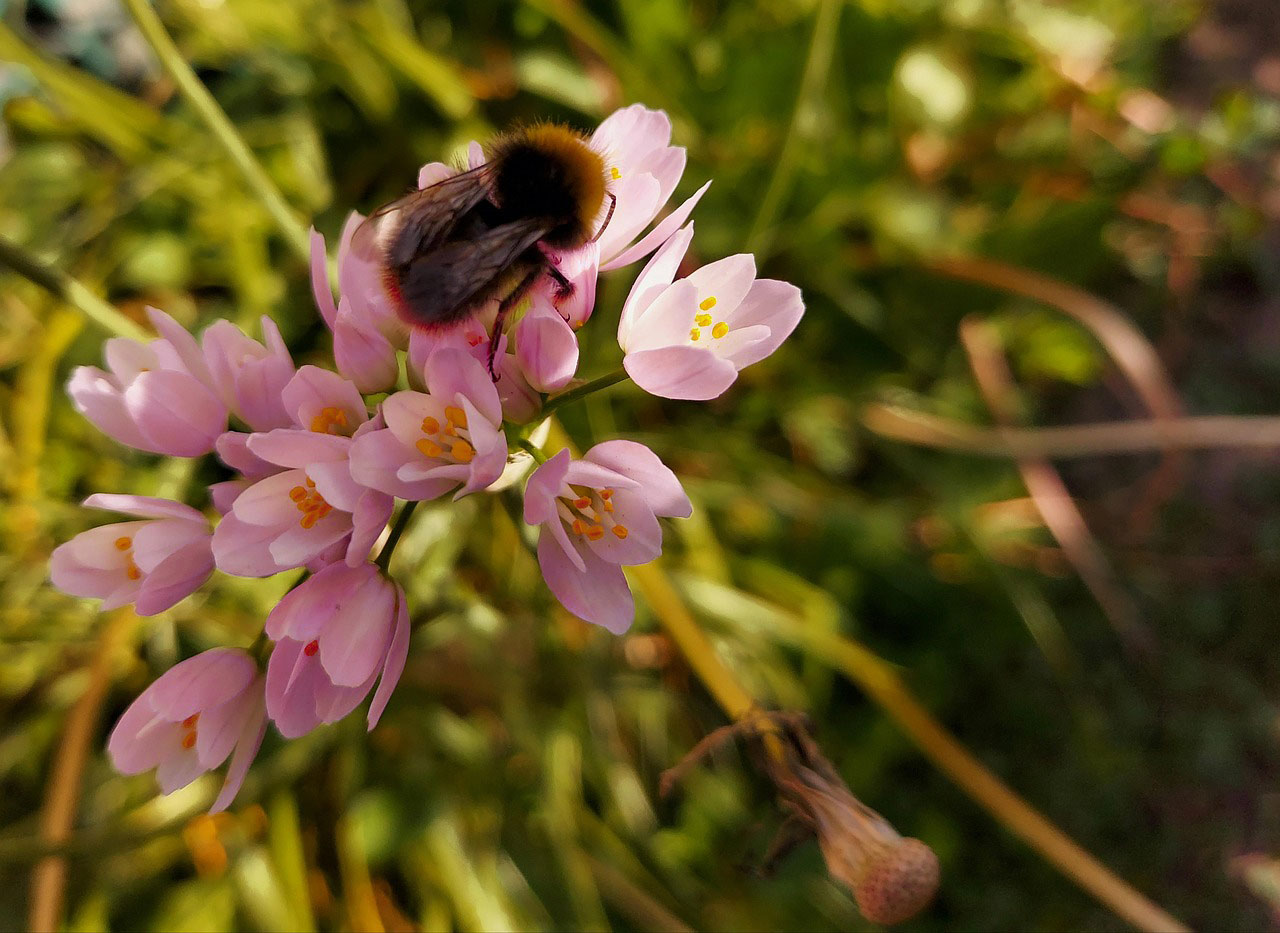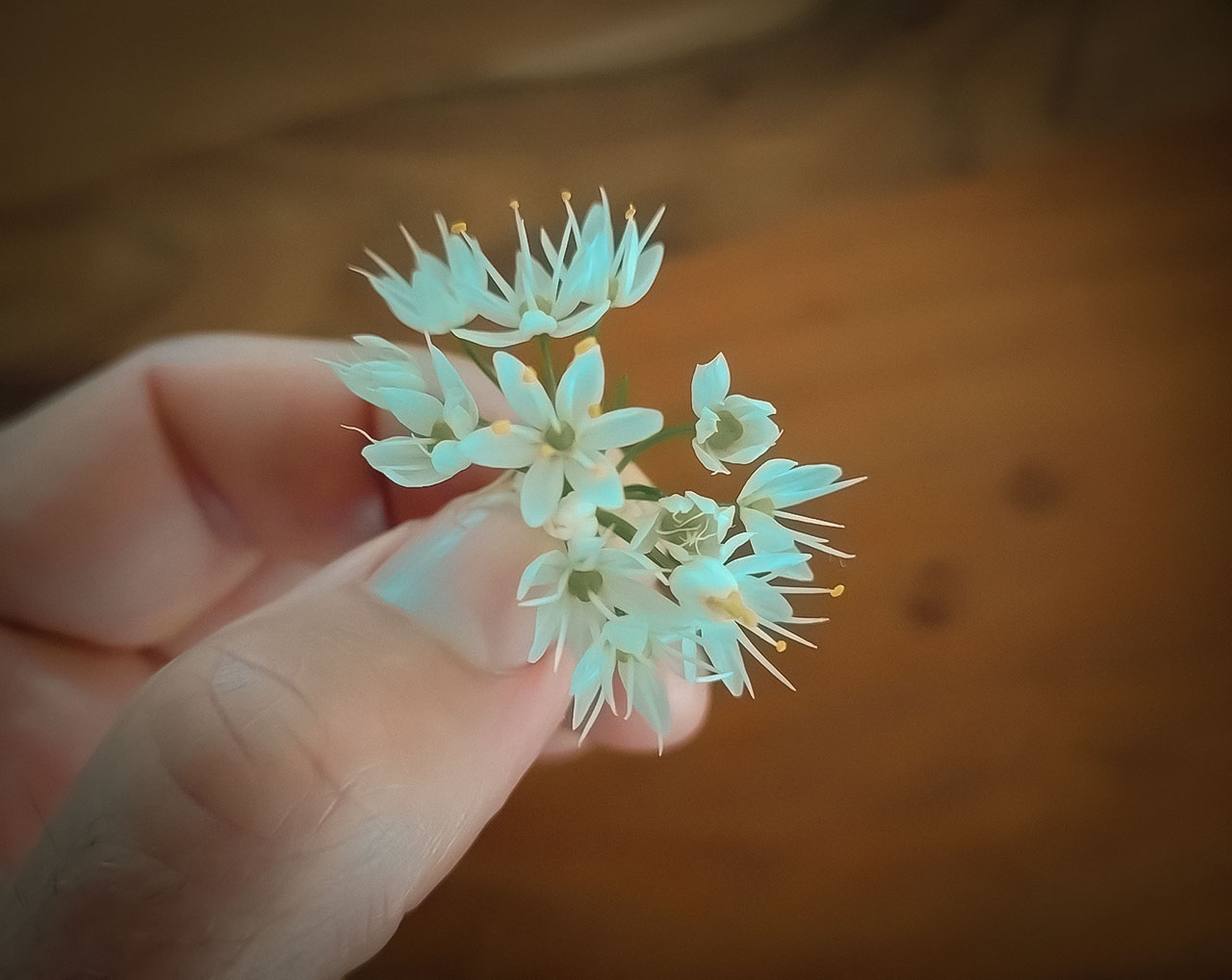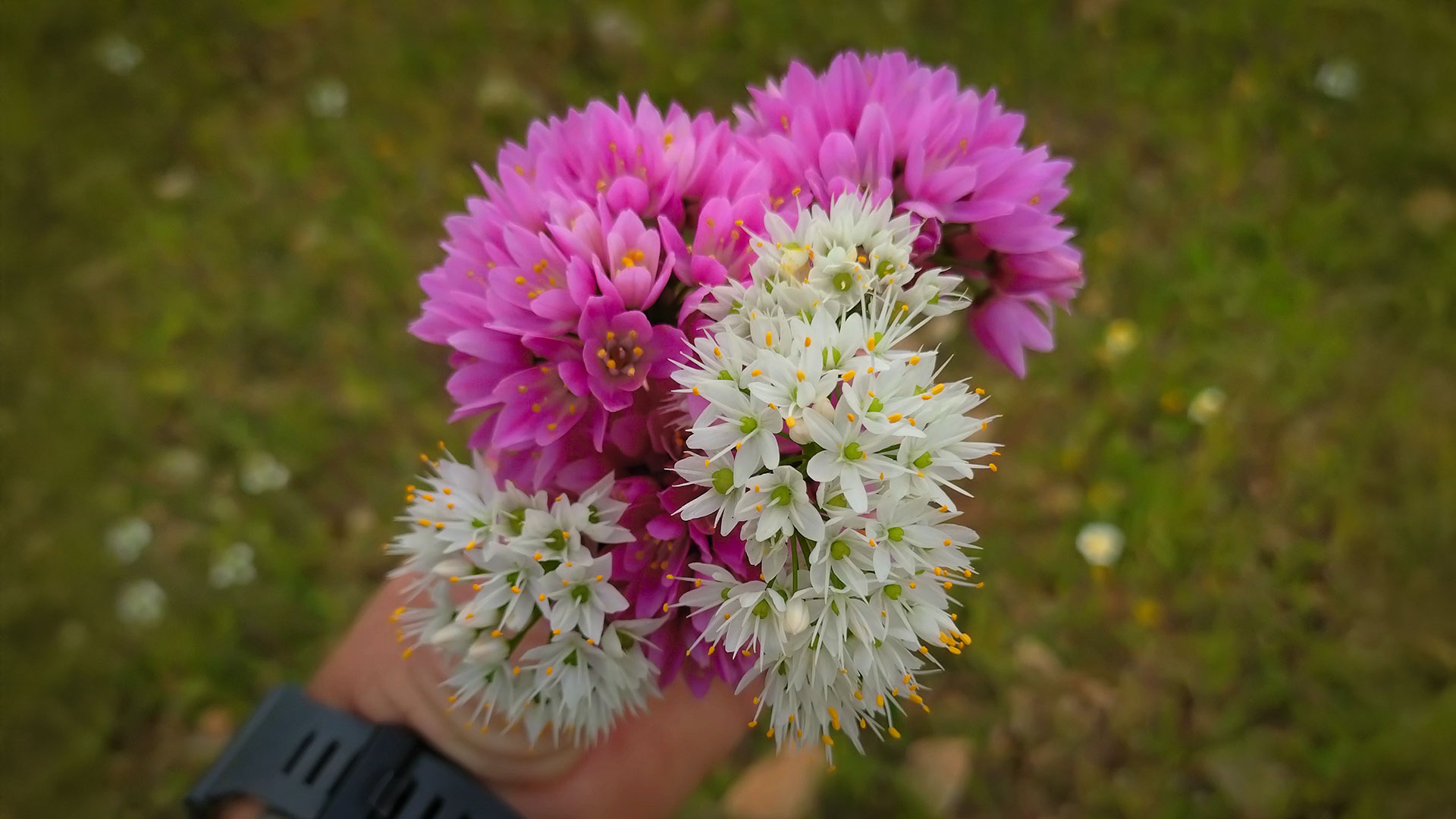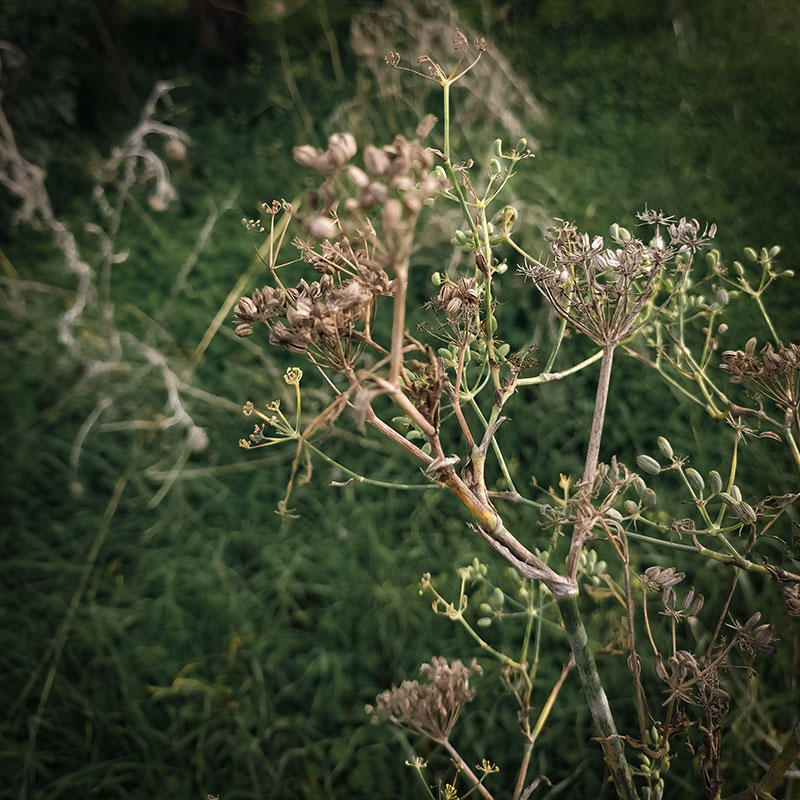From Wild Walks to Wild Flavors:
A Journey into Edible Plants
Recently, I had the chance to join a beautiful wild herb walk with Uta M. Gritschke from mywildgreens, and it opened up a whole new world for me. Surrounded by meadows, textures, and stories of forgotten greens, I felt inspired to dive deeper into the world of wild edible plants. One of the many botanical gems that caught my attention is a plant that’s both elegant and edible – Rosy Garlic (Allium roseum).
This small article is my way of continuing that journey. And from the bottom of my heart – thank you, Uta, for sharing your deep knowledge, your enthusiasm, and your love for the wild.

In the world of herbs and flowering edibles, Rosy Garlic (Allium roseum), also known as Pink Garlic or Rosy-flowered Garlic, is a hidden gem. With its soft, star-shaped petals and gentle garlic aroma, it blends visual poetry with culinary charm.
A Dance of Color: From Pale Blush to Vibrant Pink
One of the most enchanting traits of Rosy Garlic is its color spectrum. The blossoms range from a delicate, almost translucent blush pink to a bold, striking magenta. Whether you’re foraging or cultivating, it’s a feast for the eyes long before it touches your plate.
Native Beauty: From Mediterranean Fields to Modern Kitchens
Rosy Garlic is native to the Mediterranean, where it grows wild in sunny hillsides and rocky meadows across southern Europe, North Africa, and parts of the Middle East. You’ll spot it in countries like Italy, Greece, Turkey, Spain, Morocco, and Lebanon, often blooming in spring and early summer.
It thrives in well-drained soil and full sun, making it a perfect fit for natural gardens, pollinator plots, or permaculture beds.
The Culinary Charm of Pink Garlic
Unlike the pungent punch of common garlic, Rosy Garlic offers a more subtle, floral flavor. It’s garlic’s gentler cousin – fragrant, earthy, and quietly complex.
How to Use Rosy Garlic in the Kitchen
-
Salads: Sprinkle the fresh petals over greens for a mild garlicky touch and a visual wow.
-
Herbal Spreads: Mix the leaves and blossoms into butter, vegan spreads, or homemade pesto.
-
Warm Dishes: Add chopped stems or petals to risottos, soups, and roasted vegetables at the end of cooking.
-
Edible Garnishes: Use the flowers to elevate any plate – from grain bowls to sourdough toast.

The White Variant: A Softer Expression
There’s also a white-blossomed variety (Allium roseum var. album), offering the same mild and pleasant aroma as its pink counterpart. But it comes with a subtle surprise: alongside the delicate garlic notes, there’s a slight hint of radish – crisp, peppery, and refreshing. This makes the white variant a unique addition to salads or cold dishes, especially when you’re looking for something a bit more nuanced and complex.
Visually, it’s more understated – perfect for minimalist plating or serene garden compositions.
Medicinal Whispers from the Wild
Though not as extensively researched as traditional garlic (Allium sativum), Rosy Garlic still contains natural sulfur compounds, antioxidants, and flavonoids. Folk traditions have used it for immune support, digestion, and general vitality, often as a gentle tonic in teas or tinctures.
Important Note: Rosy Garlic is primarily cultivated as an ornamental plant, and its medicinal properties are less documented than those of traditional garlic. Any medicinal use should be approached with care and ideally under professional guidance.




